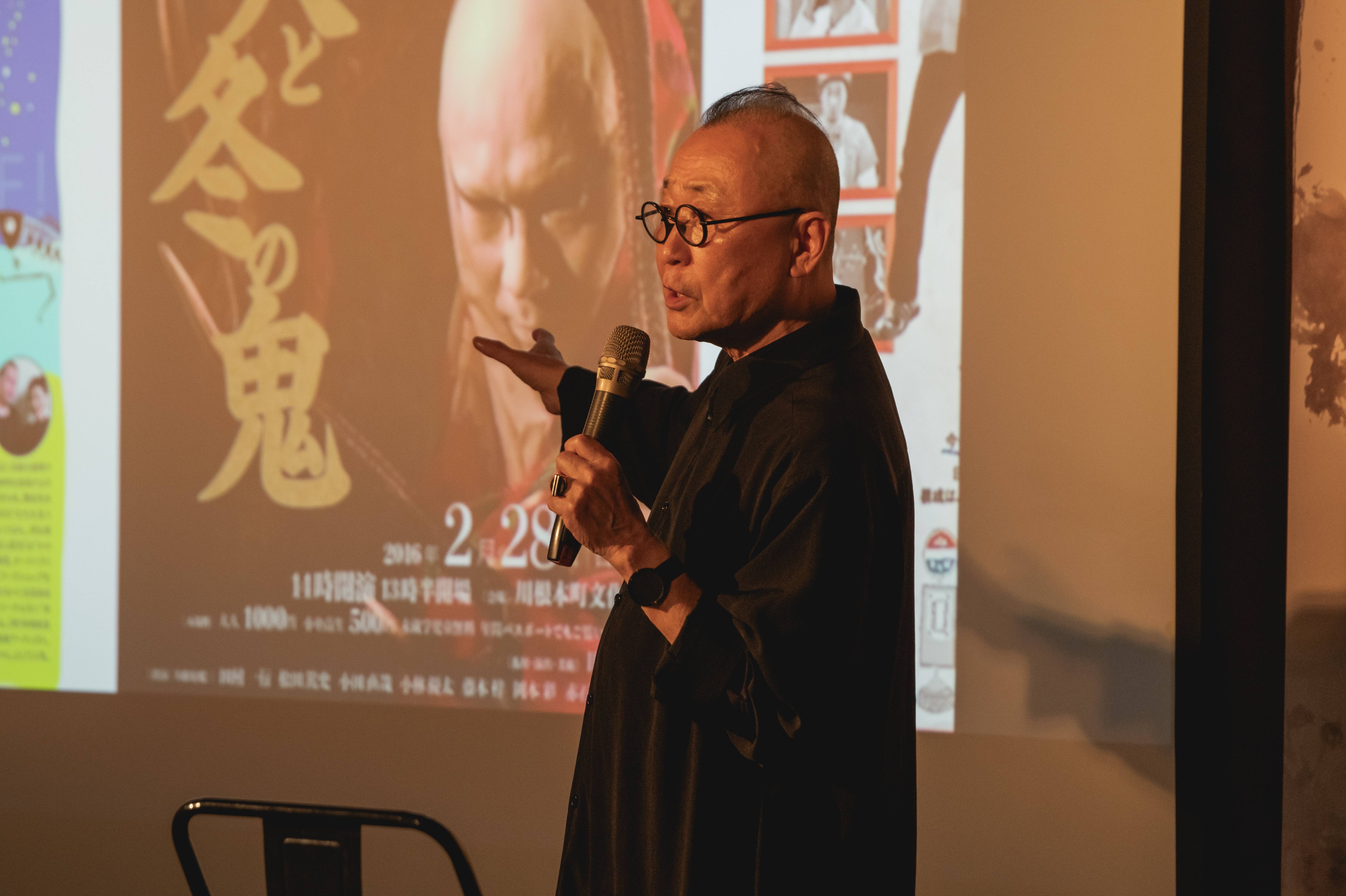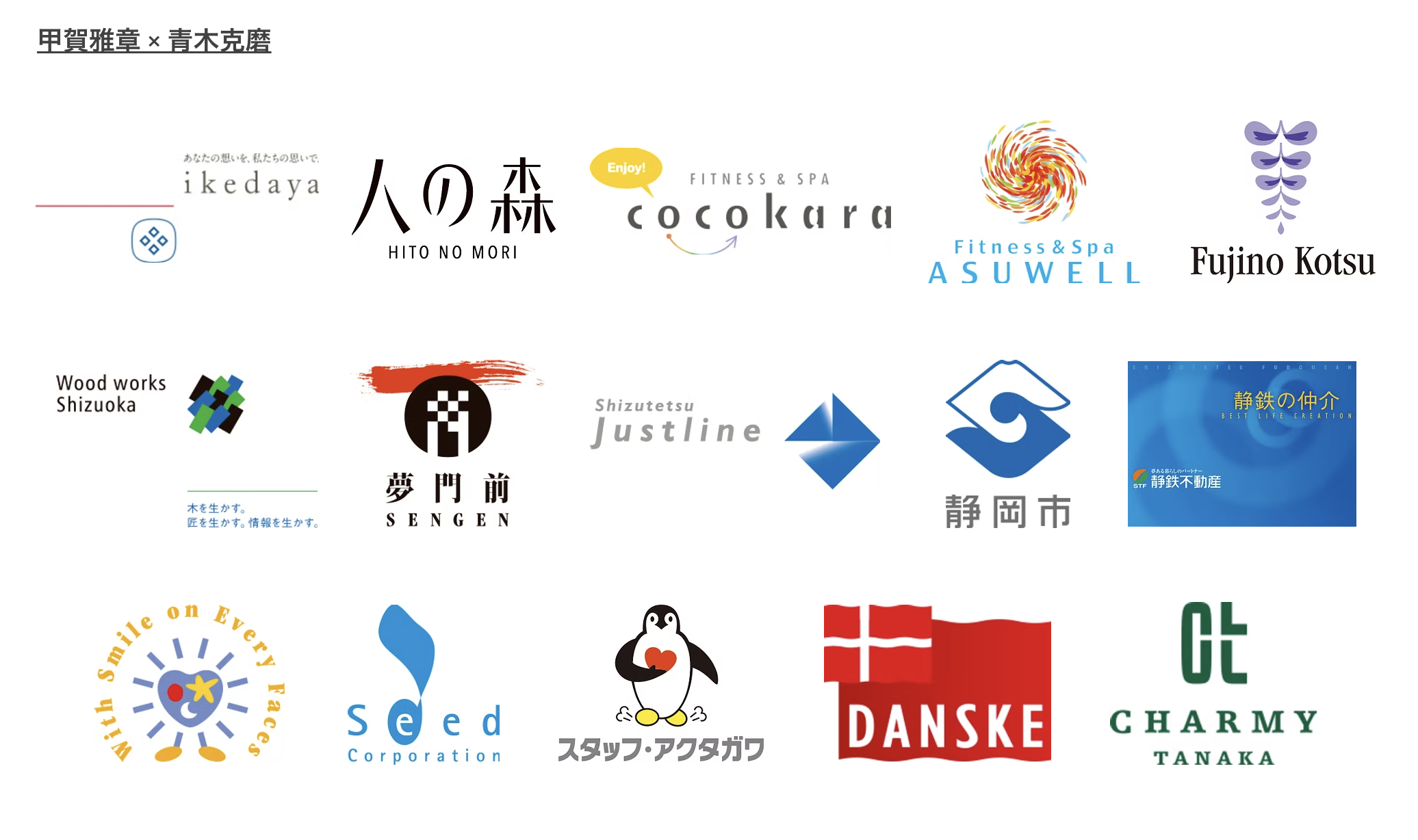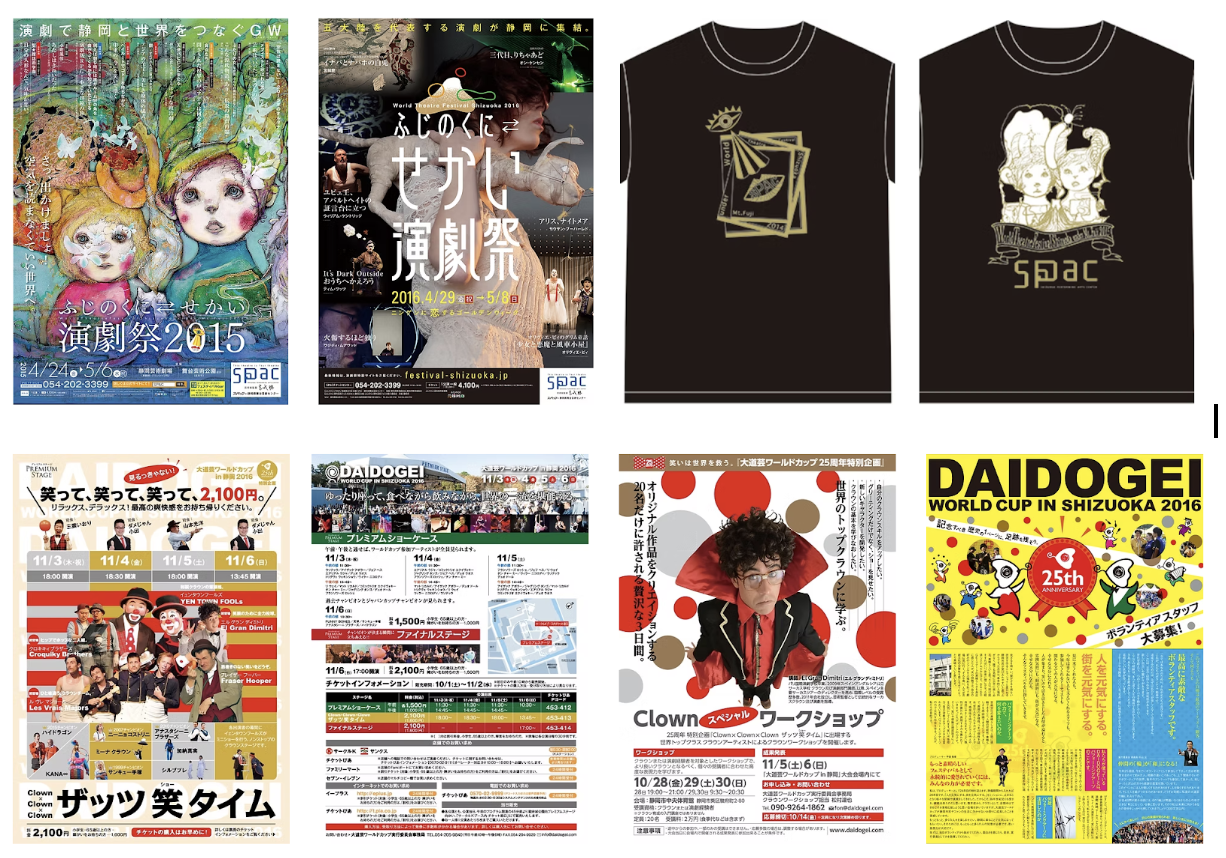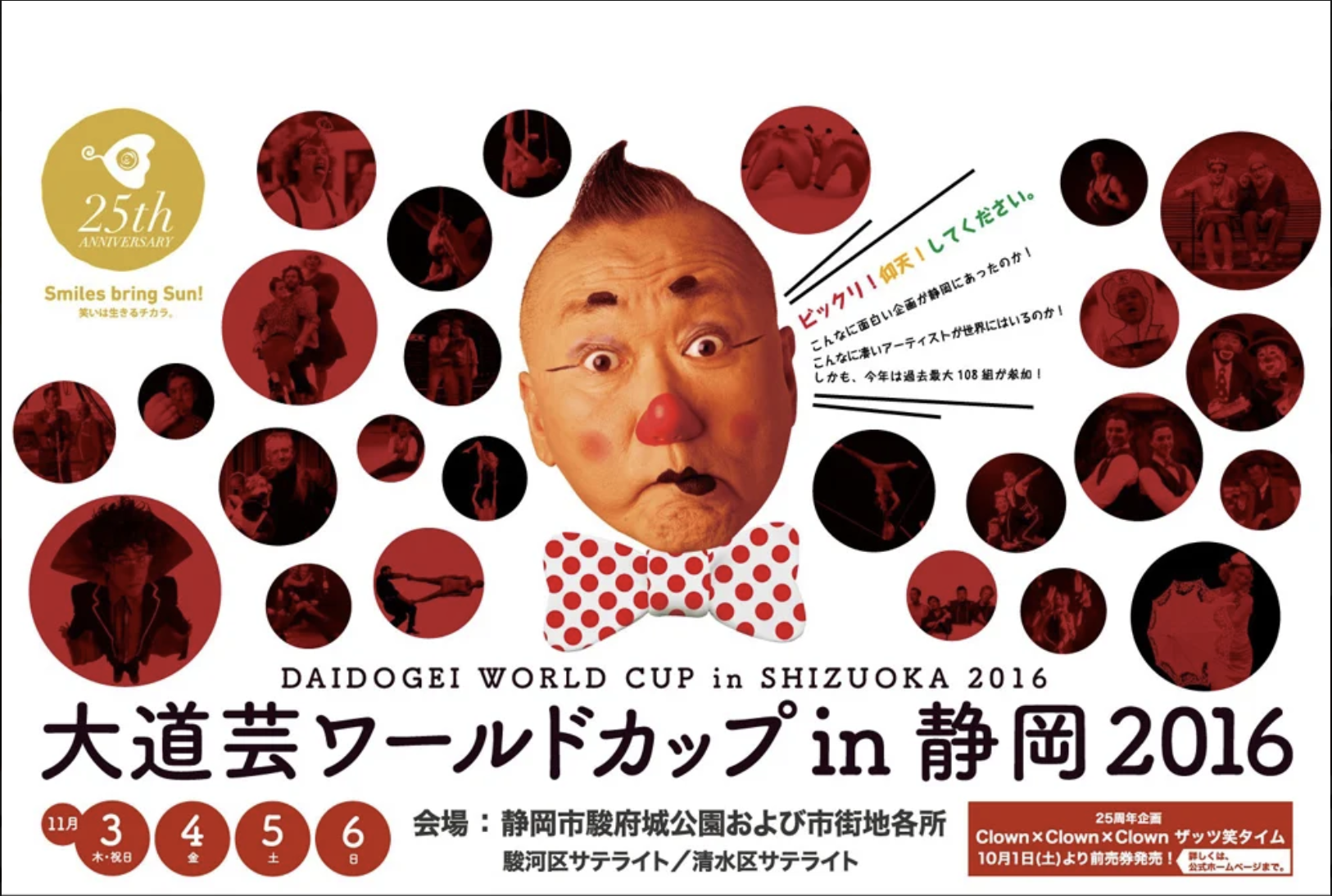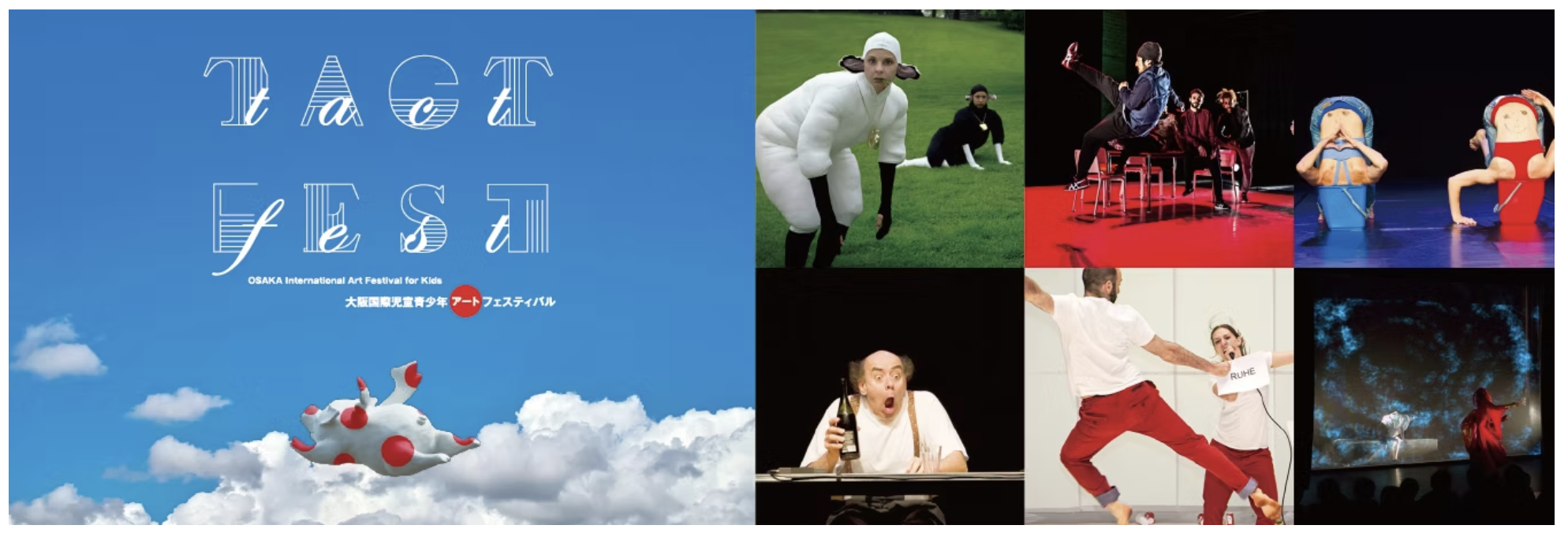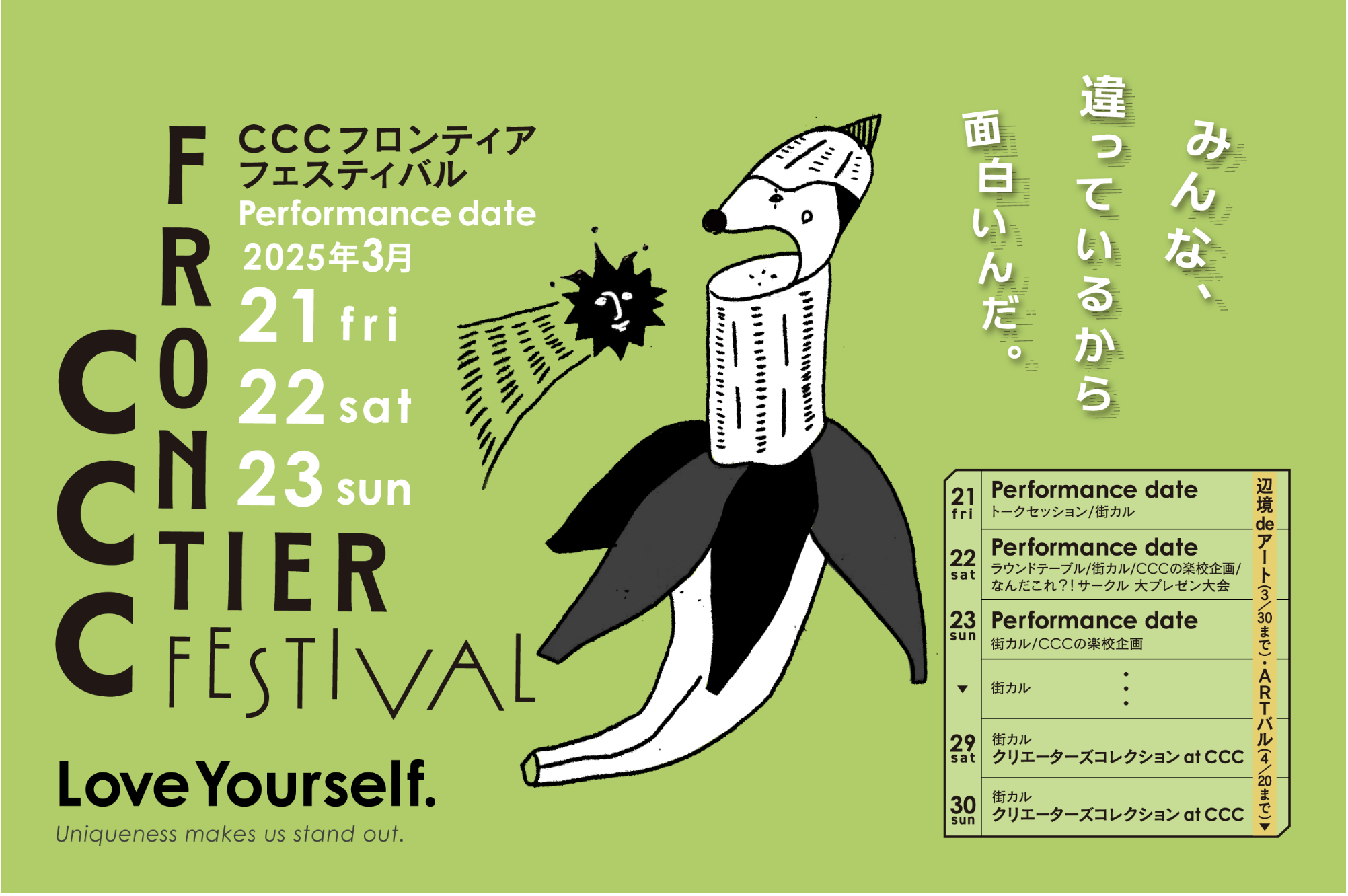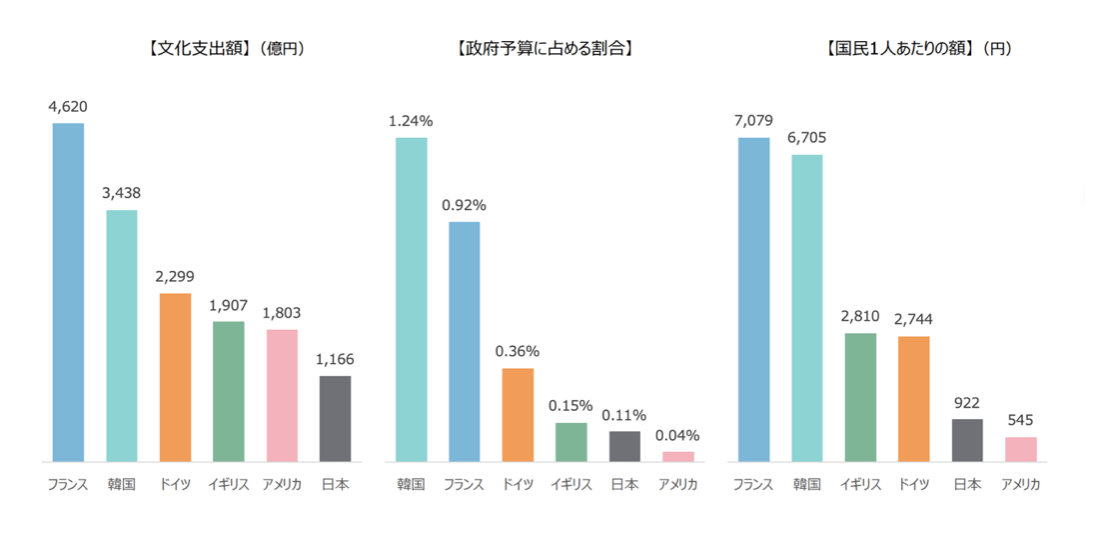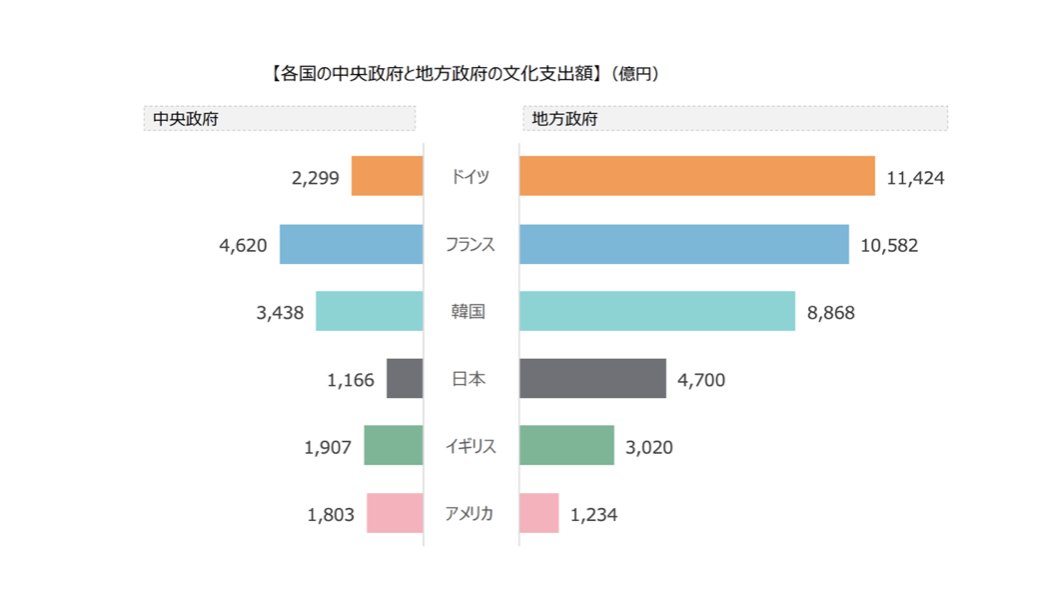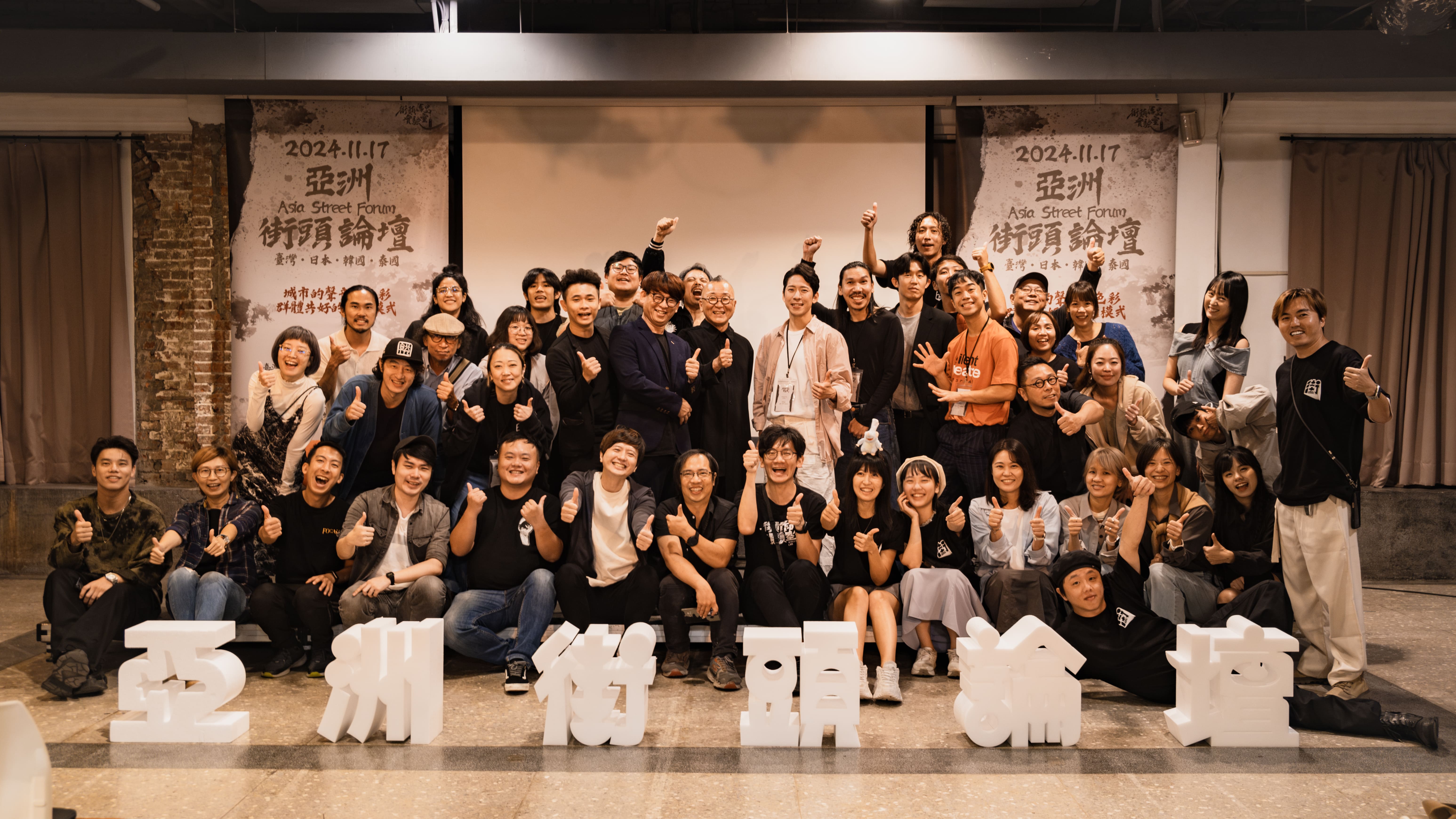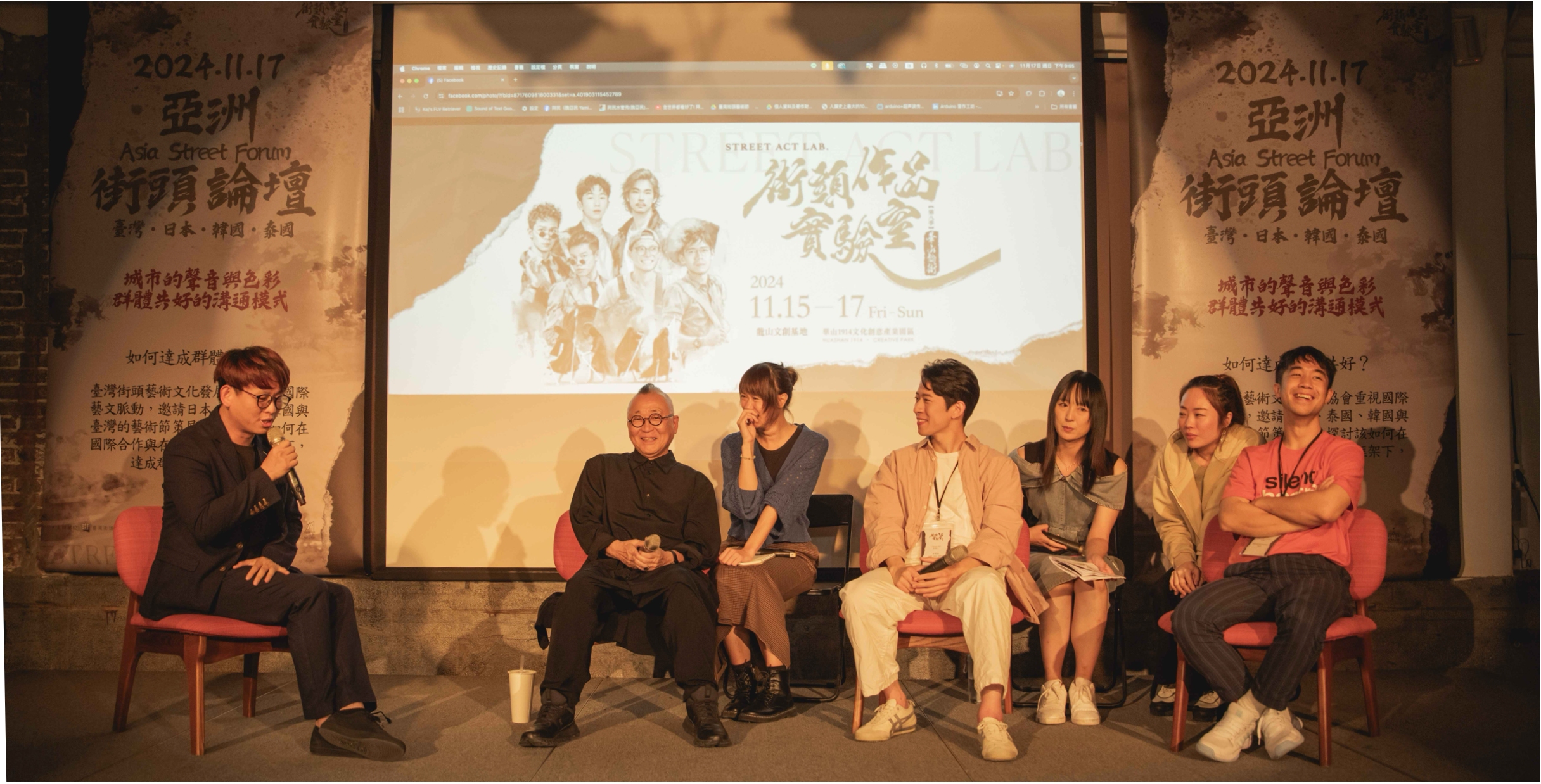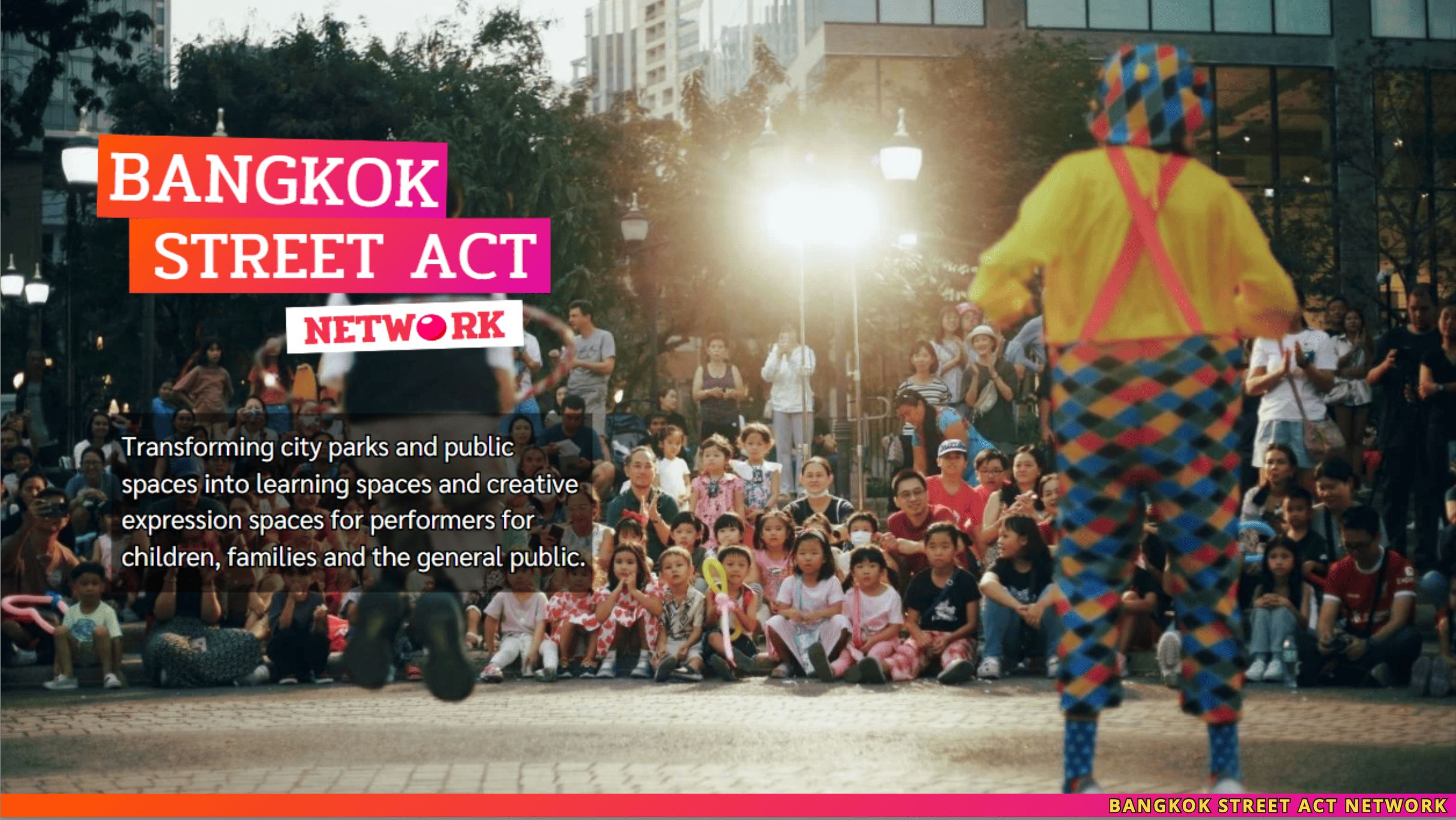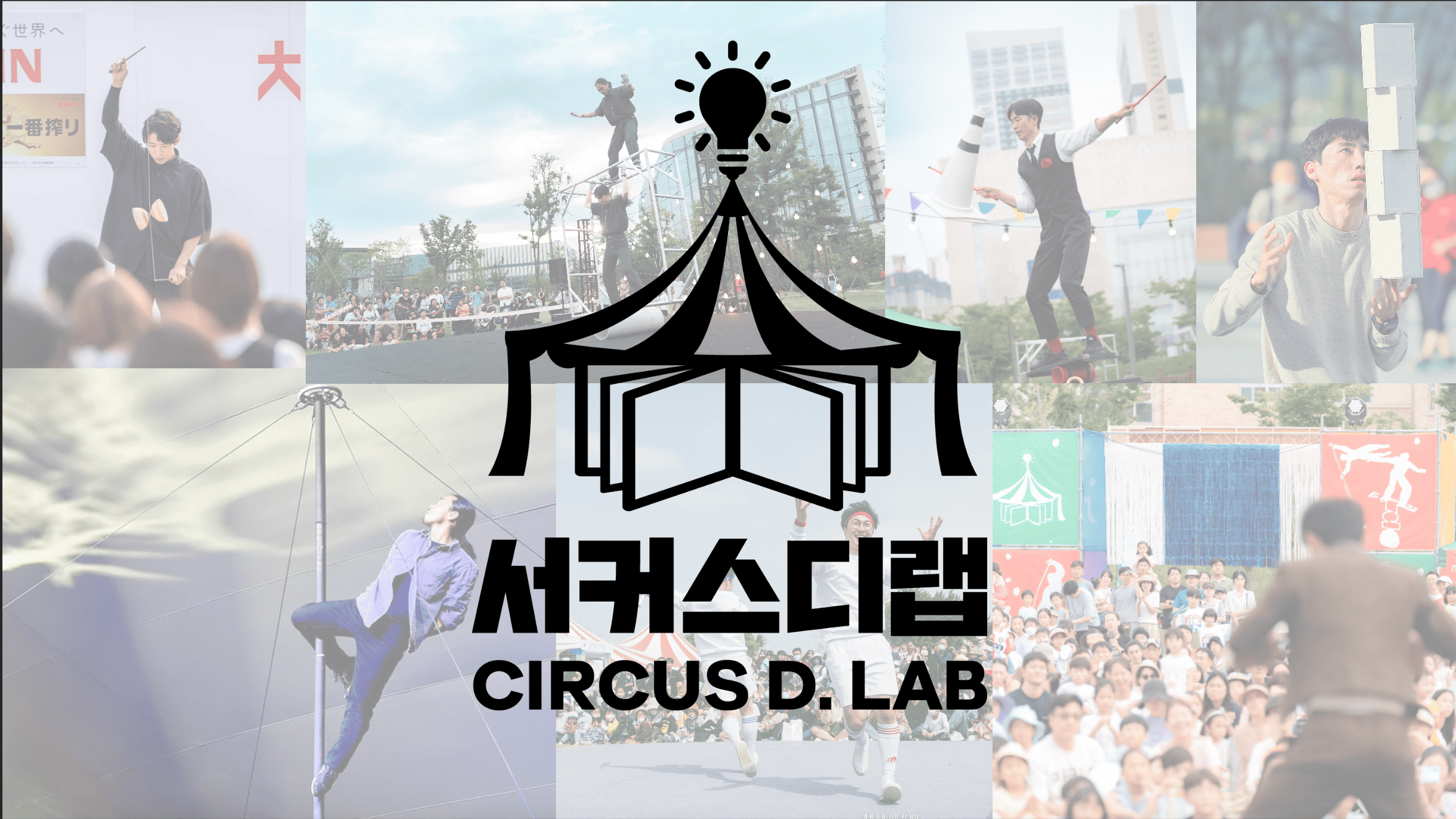How to achieve “ Sharing Good ” among groups?
Economy is the driving force for urban development, and art and culture are the foundation for shaping the soul of a city. A great city relies on economic prosperity and development, but also requires profound cultural heritage and rich artistic expression. In 2024, the association invited four Asian Art Festival curators to conduct an in-depth discussion on the communication patterns between different groups. From art activities in the streets to large-scale cultural cooperation, how these groups can make the city more prosperous through mutual exchanges and collaborations. Sounds and colors are more vivid.
Japanese Delegate – 甲賀雅章 Masaaki Koga
Producer of C.C.C. Frontier Festival
Founder of C.I. Center Inc. (Social Design Research Institute)
Designer Experience
Masaaki Koga was born in 1951 in Shizuoka, Japan. He is a seasoned designer whose work includes logos and posters (for commercial use, art festivals, and elections) for various companies in Japan. He is also involved in product design, furniture design, architectural design, and branding.
Curatorial Experience
Mr. Koga is also a renowned art festival curator who believes that “The city is a theater. When a place is filled with cultural and artistic energy, both the people and the city become beautiful.” Starting from his hometown of Shizuoka, he aims to transform it into a city of art and culture, encouraging more people to engage with the beauty of art and understand its necessity in daily life.
To this end, Mr. Koga and his team organized the first Daidogei World Cup in Shizuoka in 1992, inviting artists from around the world, both from theater and outdoor festivals, to perform in Shizuoka’s outdoor spaces. The four-day festival attracts 1.8 million visitors, and according to 2007 statistics, the festival generates a city revenue of 2.2 billion yen.
(Daidogei World Cup in Shizuoka: https://daidogei.com/)
His continuous efforts over 26 years with the Daidogei World Cup have made the festival a world-renowned event, while also sparking a trend of art festivals being held in various cities across Japan.
In addition to his deep involvement in the arts in Shizuoka, Mr. Koga has also served as a curator for art festivals in cities such as Osaka, Setouchi, and Bangkok, Thailand. He has brought his extensive network and practical experience to various countries in Asia, enriching the development of local street art scenes.
The Impact of Street Performers on Society
For Mr. Koga, ” Creating a better future” is an important matter.
Designing well or organizing a successful art festival is about “solving social problems.”
He mentioned that the most popular form of performance in Japan, for which audiences are willing to pay, is not music, dance, or acting, but street performance. Japanese audiences are known for tipping generously, which has led to many elementary school students in Japan aspiring to become street performers. As a result, street performers in Japan are not only seen as artists but also regarded as legitimate professionals. One of Mr. Koga’s Japanese street performer friends, who is 20 years old, has already earned 10 million yen annually—a significant achievement in Japan.
In addition to supporting street performers, Mr. Koga seeks to bring more art and culture into his festivals. Since 2016, he has launched the Strange Seed Shizuoka project. He has also curated a new self-organized art festival, the CCC Frontier Festival, inviting more diverse artistic works, such as contemporary dance, to allow everyone to experience art.
Mr. Koga sees this as a new challenge: he hopes contemporary art can become a part of citizens’ everyday lives. Therefore, he combines local restaurants and bars with appropriate art works, while also enabling artists from Germany and Shizuoka to collaborate online for dance creations, which will be performed at the art festival in March 2025.
(Strange Seed Shizuoka Project Website: https://strangeseed.info/en/)
(CCC Frontier Festival Website: https://www.c-c-c.or.jp/lp/ccc-frontier-festival2025)
Q&A
1.How do artists/art festivals secure funding? What is the ratio between self-funding and public sector support? What are the values of Japan’s cultural sector? What are the tips for applying for funding?
Mr. Koga:
In Japan, there are many ways through which artists can access resources for creative work.
However, the environment for performing artists (theater, dance) and contemporary artists is still very difficult. Even artists active on the global stage are only a small minority who can actually make a living from their art.
The bar chart on the left shows the cultural budget expenditures of various countries. France ranks first in the world with 462 billion yen, South Korea second with 343.8 billion yen, and Japan stands at 136.6 billion yen. Looking at the percentage of total government spending, South Korea leads globally at 1.3%, making it a country that strongly supports the development of the arts. In contrast, Japan’s expenditure is only 0.1%.
The chart below shows the cultural expenditure of central and local governments. It is evident that both the local governments in France and Japan strongly support the development of the arts.
2. Local art festivals must rely on the consensus of four groups: artists, venues/business districts, residents, and the public sector. As a curator, how do you balance interests and communicate? Who do you communicate with the most?
Mr. Koga:
For me, the most important aspect of organizing a local art festival is “managing the staff.” If the staff cannot work together with a shared vision, it is impossible to successfully complete the festival.
3. How can an art festival sustain its operation?
Mr. Koga:
Innovation and reform are extremely important.
Through continuous innovation, experimentation, and failure, we are able to achieve the results we desire.
2024 Asia Street Forum – The Sound and Colors of the City
Organizers|Taiwan Street Arts and Culture Development Association
Co-organizers|Department of Cultural Affairs, Taipei City Government, Huashan 1914 Creative Park
Host|Moyo Lin 林興昱
Panelists|Japan – Masaaki Koga 甲賀雅章 / Korea – Lee Jun-Sang 이준상 / Thailand – กฤษณ์ สงวนปิยะพันธ์ Louis
Chief Planner|Hsu Kai-Hsuan 徐開炫
Visual Design|Moyo Lin 林興昱
Photographers|Chang Chen-Lin, Koukos Yang
Interpreters|Japanese – Sasa / Korean – Saleisha / Thai – Ting Lu
Transcription|Hsu Kai-Hsuan 徐開炫
Writer|Hsu Kai-Hsuan 徐開炫




